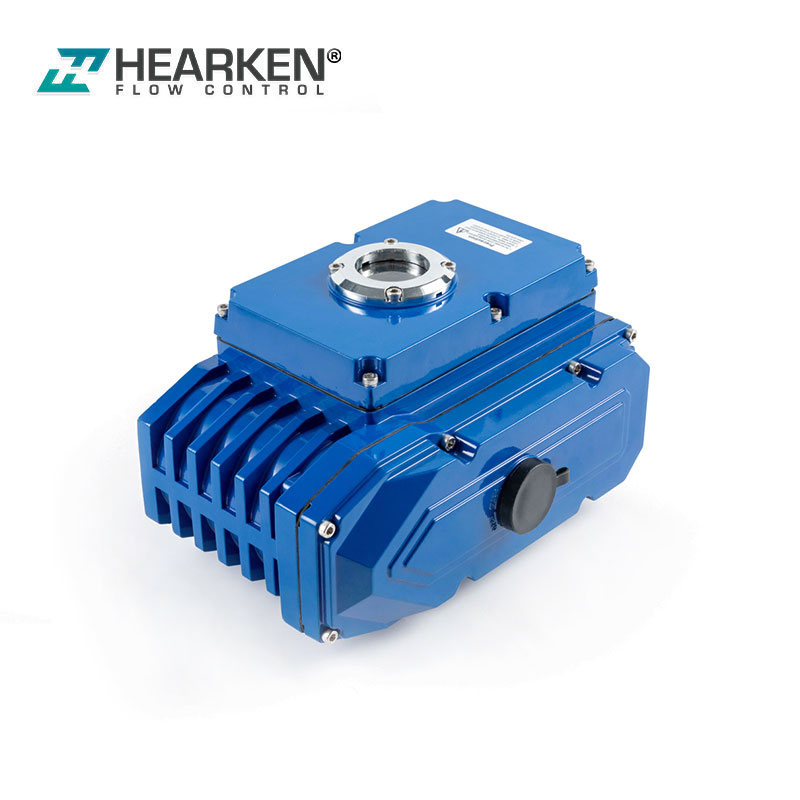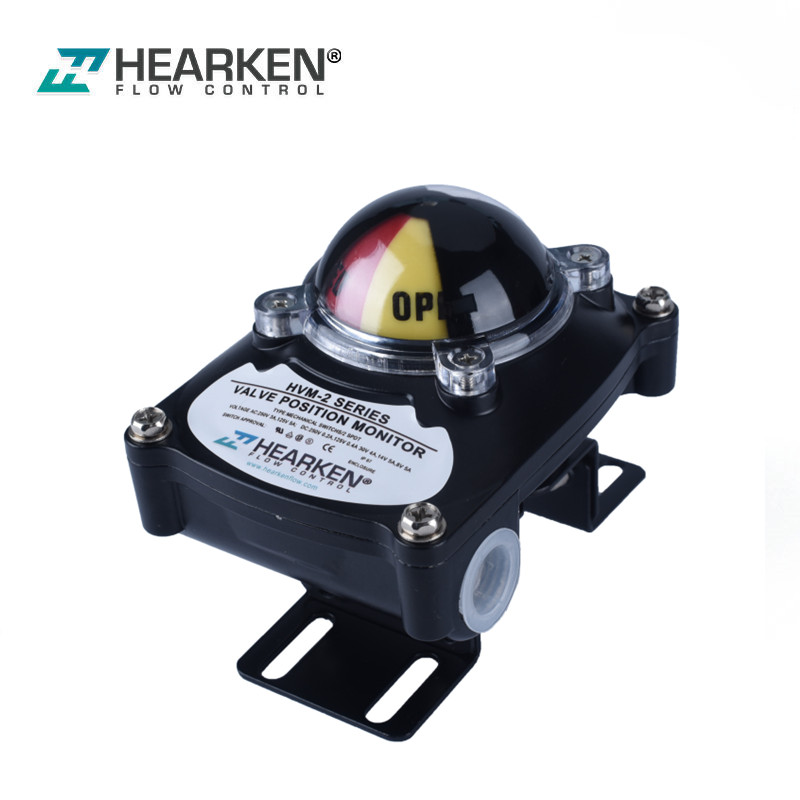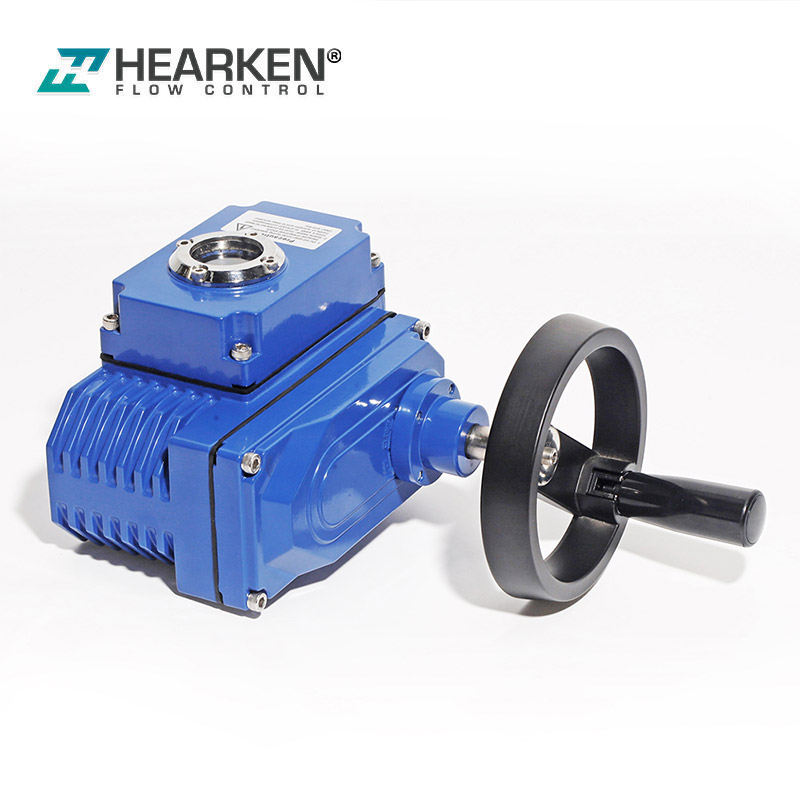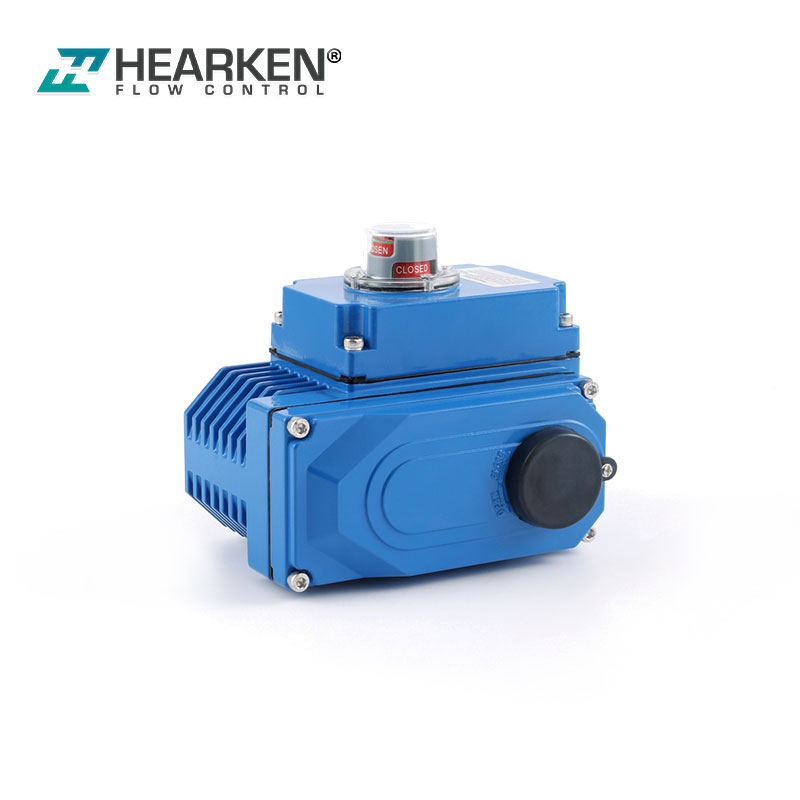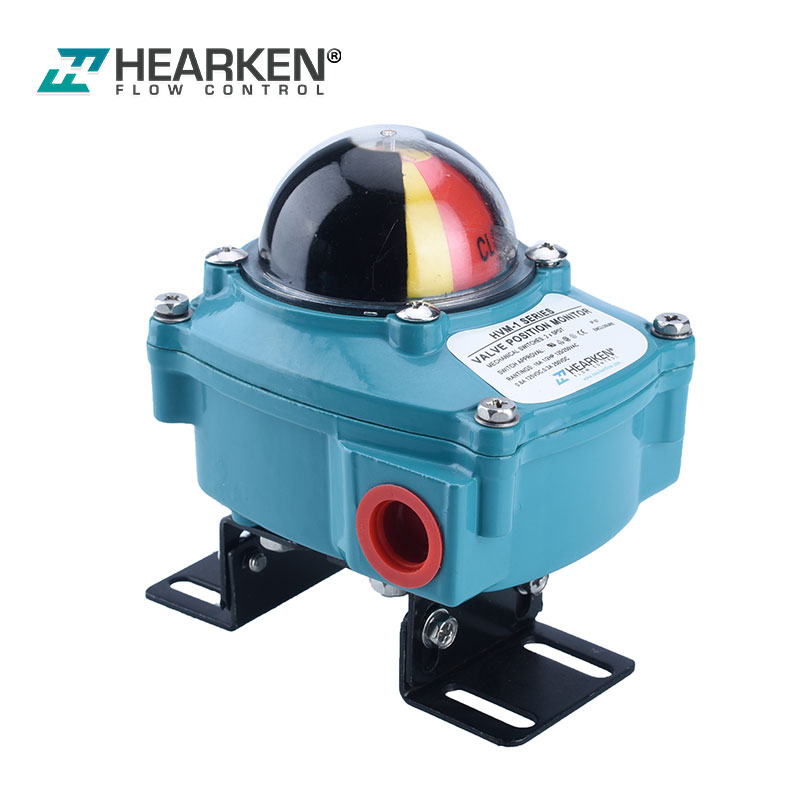Medium temperature for butterfly valves of different materials
The Medium Temperature is the phrase currently used when purchasing toutterfly valves in the market since there are different types that can be found today due to the advancement of technology. Especially now that everything can be seen and brought online with the assistance of social media platforms, most people have different preferences for valves since they can be for ordinary liquid, highly corrosive, and cement-like turbid each corresponds to a different type of valve depending ofn the needs of the client.
Most of the butterfly valves are placed in different weather conditions which affect the temperature and the material of the valve,the body of the valve,and the bonnet are usually made from the toughest materials to withstand any harsh conditions such as heat and cold. Some of the materials can only withstand certain temperatures which is why it is very important to closely monitor the room temperature to avoid any unwanted accidents that might endanger someone's life.
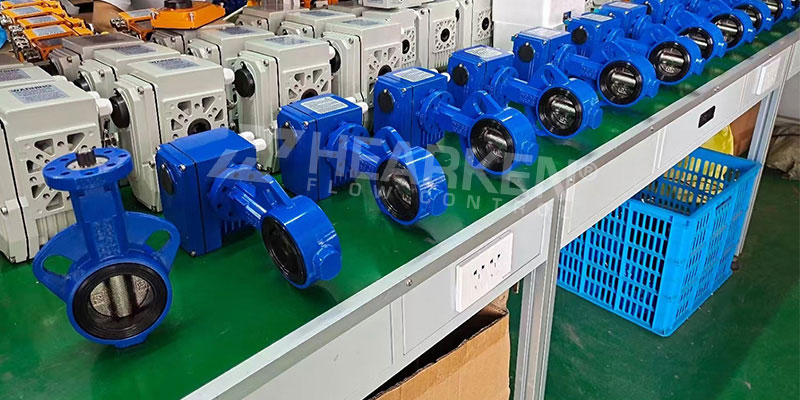
Here are some of the materials and their corresponding temperature limits:
Cast Iron-is the most common material being used in valves with a maximum temperature of 300°C, but since the material can be exposed to dangerous elements it can develop rust that would slowly damage the entire structure of the valve.
Ductile lron - is another type of iron material mostly similarto cast iron, but can withstand more temperate reaching 350 °C.
Stainless Steel-is perhaps the go-to material for valves since it is almost resistant to many elements making it one of the strongest materials and can withstand the temperature of 600 °C.
Polytetrafluoroethylene-is considered to be the simplest material since it can only withstand a temperature of -180~150 °C making it suitable for installations that are not in harsh conditions.
Rubber-there are a variety of diffeerent rubbers that can be found in the market today such as natural rubber that can withstand 60 °C, nitrile rubber, neoprene at 80 °C; and fluorine rubber at 150 °C. But sometimesthe lining of the valve is also madefrom rubber or plastic either way the temperature resistance will prevail.
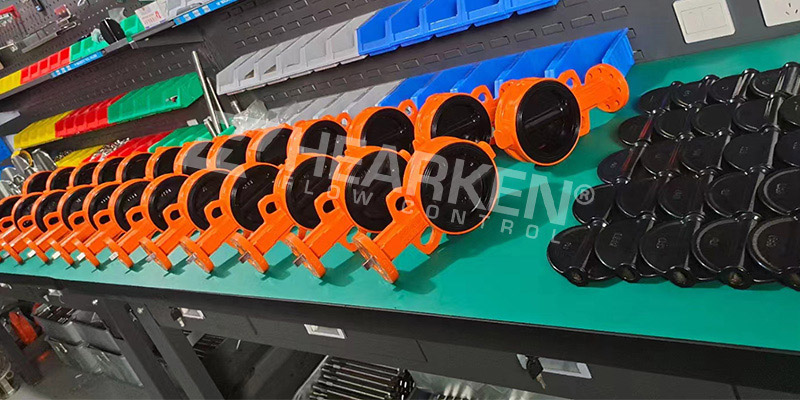
Gray Cast Iron - a thinner material that is made from ironmostly can handle medium temperatures such as 250 °C.
High-silicon cast iron-this is a mixture of iron and silicon base compoound as it can be seen as a low-priced material capable of handling medium temperature situations at 120 °C.
Carbon Steel-material that is usually forged by hand and machinedepending on the thickness of the material it can withstand different temperatures of 425 °C (if the forging is 16Mn,30Mn,it can reach 450 °C).
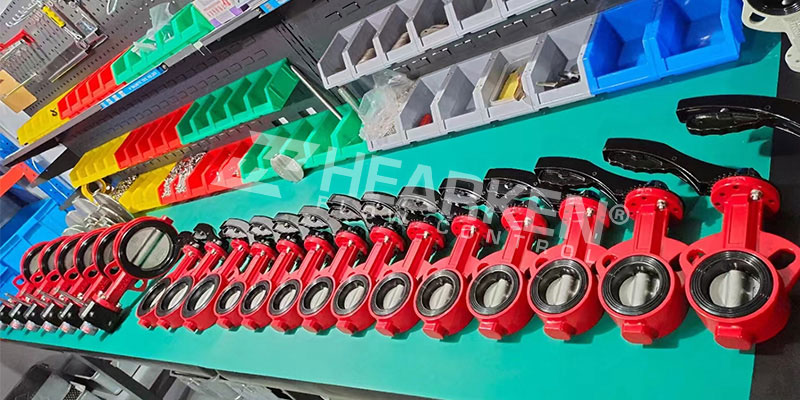
Alloy Steel-similar to carbon steel that can forge loy hand or machine the temperature can be 550 °C.
Copper Alloy - perhaps the material with the most abuundance since it can withstand temperatures of 200 °C.
Titanium-one of the strongest materialsthat can withstand temperatures of 300 °C.
There are also unique materials that have been used for making valves such as glass and ceramic but mostly have poor temperature resistance they are usually below w 90 °C, while the material known asthe enamel is limited depending on the material used on the sealing ring and the medium and maximum temperature exceeds 150 °C. Among the various butterfly valve materials the cast iron butterfly valves, ductile ink butterfly valves, stainless ssteel butterfly valves,PTFE butterfly vlalves, and rubber butterfly valves are considered to be the best when it comes to performance.

